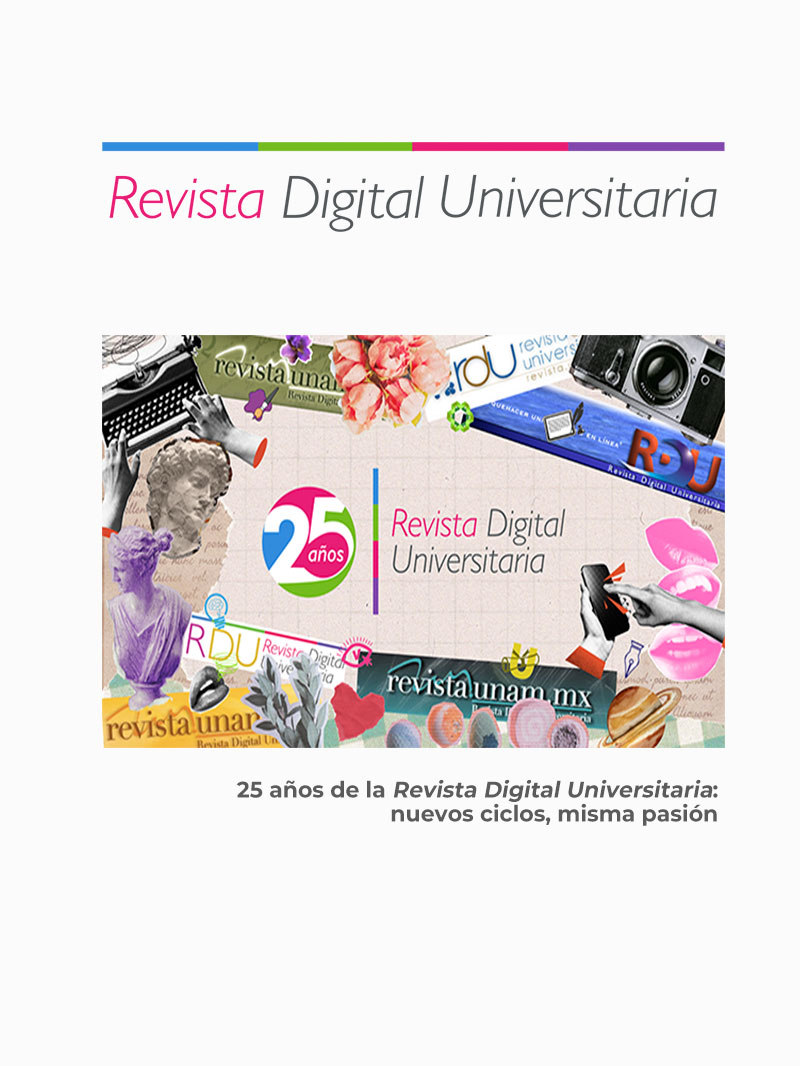Why is it important to include understudied populations in psycholinguistic research?
DOI:
https://doi.org/10.22201/ceide.16076079e.2025.26.2.1Keywords:
Down syndrome, Indigenous languages, bilingualism, vocabulary learning, social inclusionAbstract
This article explores how two traditionally understudied groups can offer valuable insights into language processing and learning: individuals with Down syndrome and speakers of indigenous languages. Despite facing cognitive and speech production challenges, individuals with Down syndrome demonstrate remarkable linguistic skills, such as advanced vocabulary comprehension and the ability to anticipate linguistic information. These findings could lead to more effective interventions to improve their communication skills. On the other hand, the article examines bilingualism in indigenous language speakers, whose linguistic experiences often differ from those of speakers of majority languages. Vocabulary development in these speakers is influenced by cultural factors, providing a unique perspective on how language is learned in diverse contexts. This article highlights the need to expand psycholinguistic research to include a broader diversity of populations, which not only benefits scientific progress but also promotes a more inclusive society.
→ Leer más
References
Angulo-Chavira, A. Q., Abreu-Mendoza, R. A., Flores-Coronado, M. A., Vargas-García, E. M., y Arias-Trejo, N. (2022, abril-junio). Perceptual Dissimilarity and Cognitive Performance Predict Novel Word Retention, but Not Extension Skills in Down Syndrome. Cognitive Development, 62, 101166. https://doi.org/10.1016/j.cogdev.2022.101166.
Arias‐Trejo, N., Angulo‐Chavira, A. Q., y Barrón‐Martínez, J. B. (2019). Verb‐mediated anticipatory eye movements in people with Down syndrome. International Journal of Language Communication Disorders, 54(5), 756-766. https://doi.org/10.1111/1460-6984.12473.
Butterworth, B., Reeve, R., Reynolds, F., y Lloyd, D. (2008). Numerical thought with and without words: Evidence from indigenous Australian children. Proceedings of the National Academy of Sciences, 105(35), 13179-13184. https://www.pnas.org/doi/10.1073/pnas.0806045105.
Carrasco, P. (2024, 21 de febrero). Prejuicios y discriminación contra personas hablantes de lenguas indígenas deben ser eliminados: Copre. La Prensa. https://tinyurl.com/4cb4sp54.
Chi Pech, J. I. (2023). Del bilingüismo al desplazamiento de las lenguas indígenas en el contexto mexicano. Ichan Tecotl, 34(369). https://tinyurl.com/yc3ctx85.
Farrant, B. M., Shepherd, C. C. J., Walker, R. D., y Pearson, G. C. (2014). Early Vocabulary Development of Australian Indigenous Children: Identifying Strengths. Child Development Research, 2014(1), 942817. https://doi.org/10.1155/2014/942817.
freepik. (s.f.a). [Family spending time together outdoors in the park] [Fotografía]. Freepik. https://tinyurl.com/ypdncxr6.
freepik. (s.f.b). [Family reading on the sofa] [Fotografía]. Freepik. https://tinyurl.com/47juur2h.
Gangopadhyay, I., y Kaushanskaya, M. (2020). The role of speaker eye gaze and mutual exclusivity in novel word learning by monolingual and bilingual children. Journal of Experimental Child Psychology, 197, 104878. https://doi.org/10.1016/j.jecp.2020.104878.
Kireyonok_Yuliya (s.f.). [Niña hablante del idioma balinés] [Fotografía]. Freepik. https://tinyurl.com/4mbdrhub.
Ley General de Derechos Lingüísticos de los Pueblos Indígenas (2023, 18 de octubre). Diario Oficial de la Federación. Cámara de Diputados del H. Congreso de la Unión. https://www.diputados.gob.mx/LeyesBiblio/pdf/LGDLPI.pdf.
Moseley, C. (2010). Atlas of the World’s Languages in Danger. unesco.
Mulík, S., Amengual, M., Maldonado, R., y Carrasco-Ortíz, H. (2021). Hablantes de herencia: ¿una noción aplicable para los indígenas de México? Estudios de Lingüística Aplicada, 39(73), 7-37. https://doi.org/10.22201/enallt.01852647p.2021.73.970.
Mulík, S., y Arias‐Trejo, N. (2025). Bilingual Vocabulary Development in Mexican Indigenous Infants: The Effects of Language Exposure from Home and Mothers’ Language Dominance. Journal of Child Language, 1-25. https://doi.org/10.1017/S0305000924000667.
pikisuperstar. (s.f.). [Niña con síndrome de Down] [Fotografía]. Freepik. https://tinyurl.com/2jjffv7m.
prostooleh. (s.f.). [Los niños con síndrome de Down pueden anticipar información lingüística altamente probable]. Freepik. https://tinyurl.com/er7jd5pf.
Serrano, J. C. (2019). Estudios lingüísticos sobre bilingüismo en México a inicios del siglo xxi: prioridades de investigación. Lingüística Mexicana. Nueva Época, 1(3), 93-108. https://tinyurl.com/3ps59mab.
Published
Issue
Section
License
Copyright (c) 2025 Revista Digital Universitaria

This work is licensed under a Creative Commons Attribution-NonCommercial-ShareAlike 4.0 International License.

Revista Digital Universitaria es editada por la Universidad Nacional Autónoma de México se distribuye bajo una Licencia Creative Commons Atribución-NoComercial 4.0 Internacional. Basada en una obra en http://revista.unam.mx/.










